Still feeling cold? Try some hearty beef stews and comfort food, with some great kale and Cavolo Nero and Jerusalem artichoke, finished with early season rhubarb crumble.
Cauliflower
Memories of smelly school dinners all too much? Look again. One of the few vegetables that is in season in Britain almost all year round, the versatile cauliflower is having a comeback.
Delicious roasted with spices like cumin and coriander and served with a good sprinkling of sea salt and a squeeze of lemon.
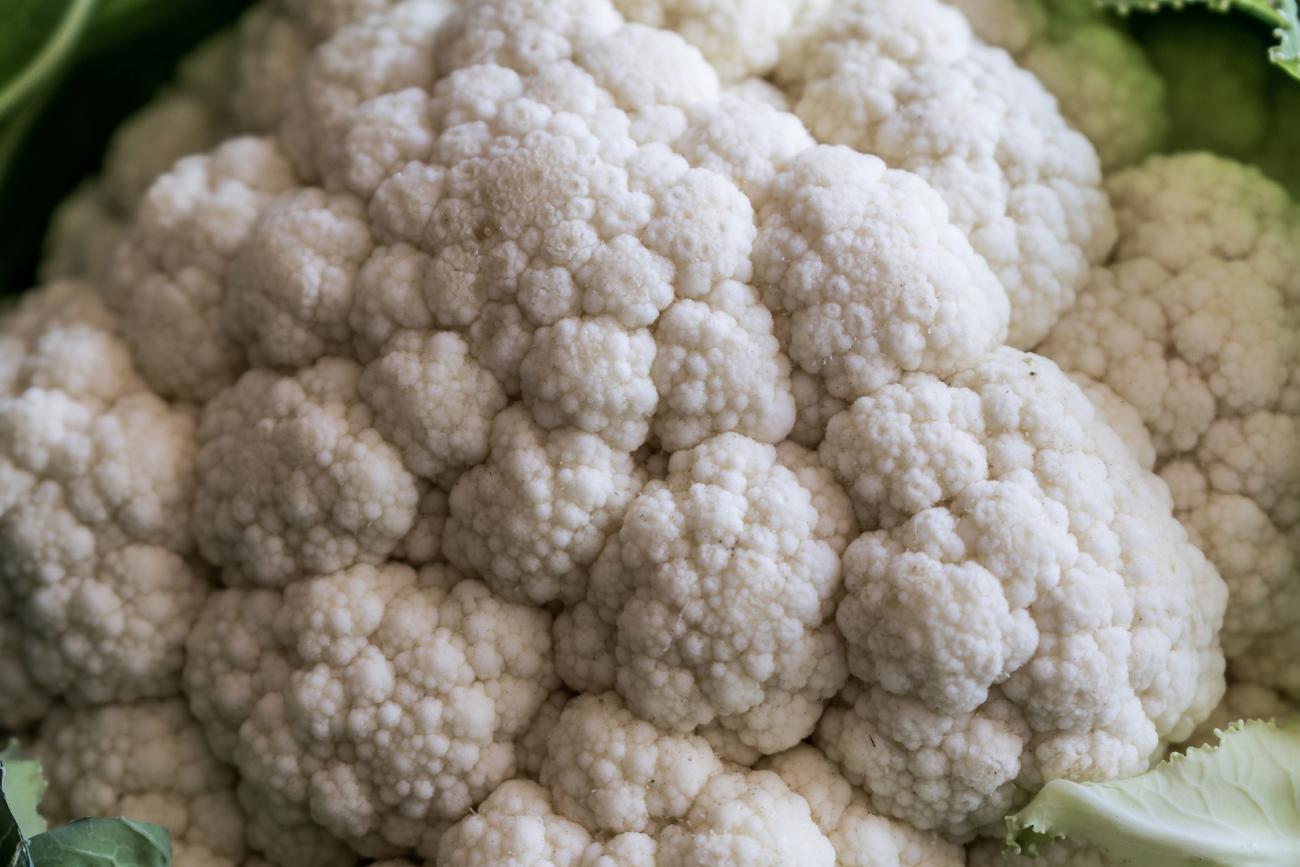
Celeriac
The unsung hero of the vegetable world, knobbly, odd-shaped celeriac has a subtle, celery-like flavour, with nutty overtones. It is edible raw or cooked, and tastes similar to the stalks (the upper part of the stem) of common celery cultivars. Celeriac may be roasted, stewed, blanched, or mashed. Sliced celeriac occurs as an ingredient in soups, casseroles, and other savoury dishes.

Jerusalem Artichoke
This vegetable is not truly an artichoke but a variety of sunflower with a lumpy, brown-skinned tuber that often resembles a ginger root. Contrary to what the name implies, this vegetable has nothing to do with Jerusalem but is derived instead from the Italian word for sunflower, girasole.
The white flesh of this vegetable is nutty, sweet and crunchy and is a good source of iron.

Kale and Cavolo Nero
Both kale and winter cabbages such as Cavolo Nero (black cabbage) are a very handy ingredient for seasonal eaters as it is one of the few green vegetables that is more abundant and flavourful during the coldest months of the year. It can be substituted for cabbage or spinach and makes a fine side dish when blanched and sautéed with garlic (a little soy and a sprinkling of chopped, roasted nuts is a lovely addition).
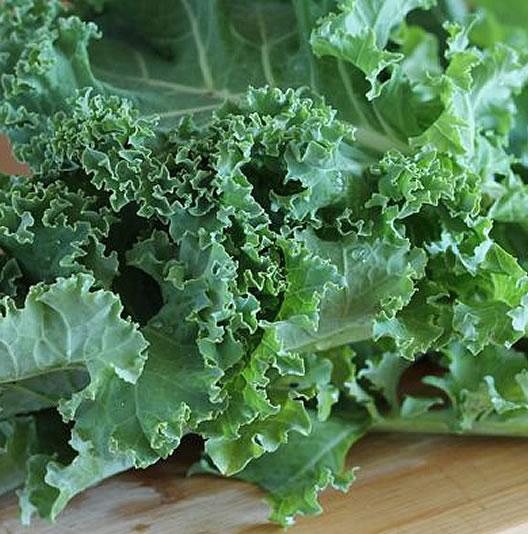
Kohlrabi
Looking something like a Sputnik in vegetable form, with a squat bulb and antennae-like shoots, kohlrabi is part of the cabbage family. The name translates as ‘turnip cabbage’ and the mild, sweet flavour is somewhere between a turnip and a water chestnut, with a crisp, crunchy texture. It can be found in two colours, pale green and the less common purple.
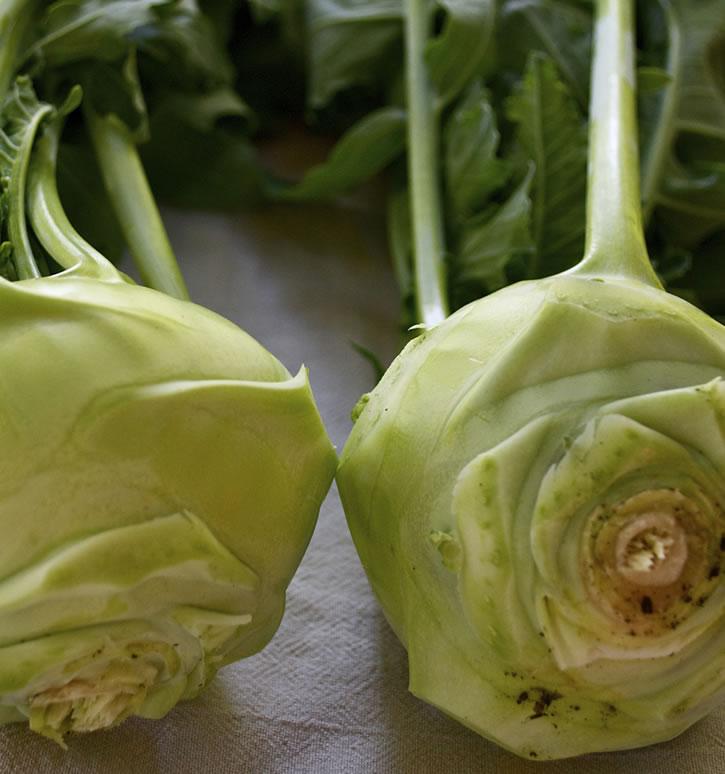
Purple Sprouting Broccoli
After a fairly sparse couple of months on the leafy veg front, the start of the purple sprouting broccoli season marks a welcome addition to the winter vegetable palate. Simply steamed or boiled, it partners almost any fish or meat dish. Purple sprouting broccoli was initially cultivated by the Romans. Broccoli has been grown in the UK since the early 18th century, although the purple sprouting variety has only risen to prominence in the last 30 years

Rhubarb
Botanically, rhubarb is a vegetable (it’s related to sorrel and dock) but its thick, fleshy stalks are treated as a fruit, despite their tart flavour.
Rhubarb grows in two crops. The first, which arrives early in the year, is forced, grown under pots, particularly in what’s known as the ‘rhubarb triangle’ around Leeds, Wakefield and Bradford. Its stalks are watermelon pink, with pale lime green leaves, and it is the more tender and delicately flavoured of the two.
The second, called maincrop rhubarb, is grown outdoors, and arrives in spring. Its stalks are a deeper red, tinged with green, and its leaves a brighter green. It has a more intense flavour and a more robust texture than forced.
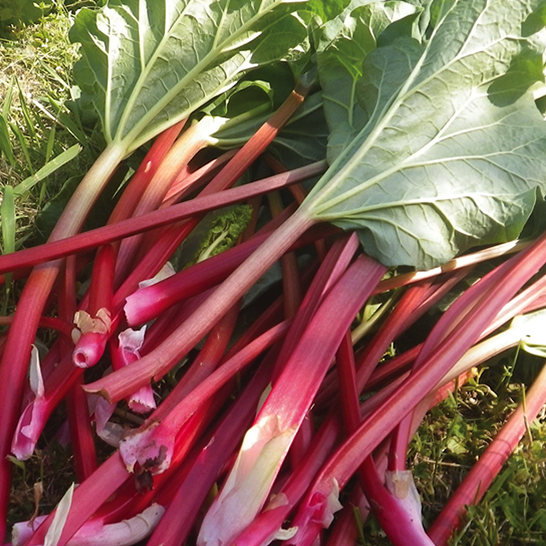
Salsify
A root vegetable belonging to the dandelion family, salsify is also known as the oyster plant because of its oystery taste when cooked. The root is similar in appearance to a long, thin parsnip, with creamy white flesh and a thick skin. In the same way as many root vegetables, salsify can be boiled, mashed or used in soups and stews.
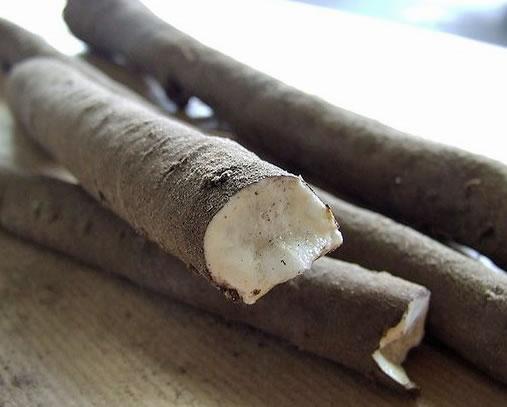
Savoy Cabbage
This late maturing Savoy Cabbage produces high quality heads that remain bright and fresh late in the season when other varieties begin to look tired. The attractive furrowed leaves retain their dark blue-green colour throughout winter, and stand well over a long period.
Dark-green winter cabbage with attractive, crinkled and blistered leaves and a robust flavour and texture. Steamed, boiled or braised.
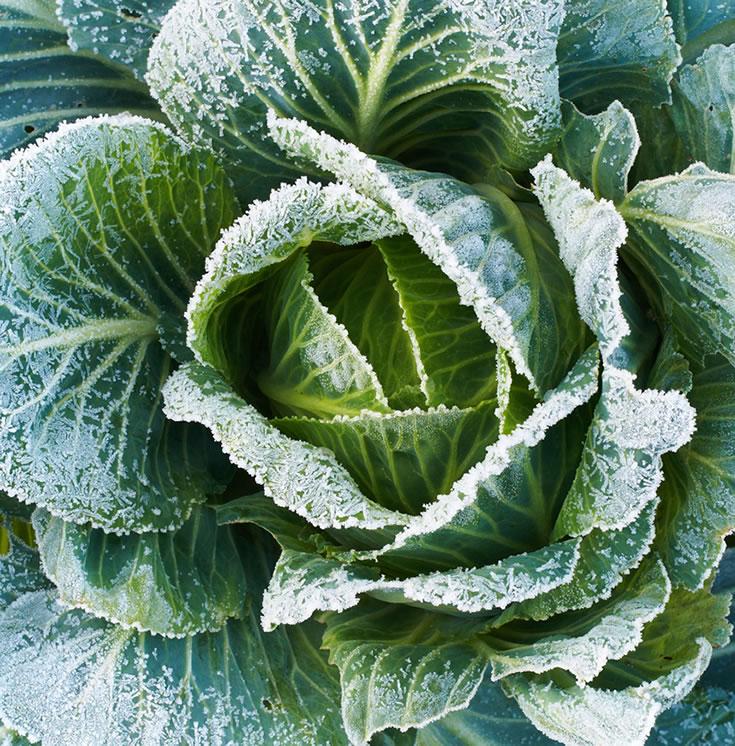
Swedes
Larger than the turnip and with a rough skin that is partly tan and partly purple, the swede’s unpolished appearance belies its fine texture and distinctive, sweet tasting flesh. When roast or mashed, swede makes a simple and tasty side dish. It can also be used to add interest to stews or in a variety of twists on mashed potato.
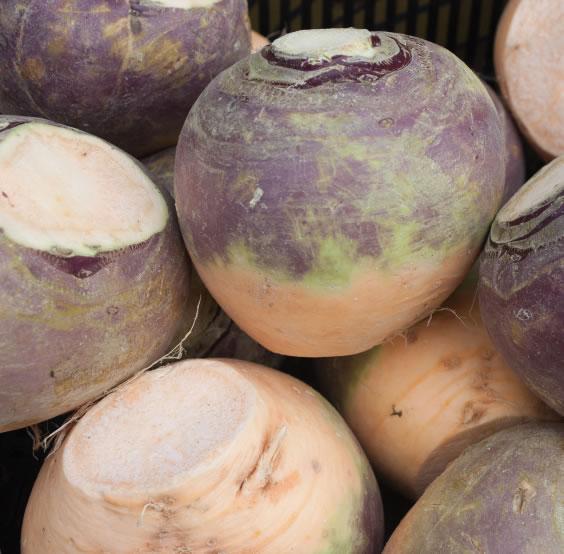
Turnips
Turnips come in a variety of forms, the most widely available being the squashed globe shape with creamy coloured skin and a purple crown (where the turnip grew above the surface of the ground and was exposed to sunlight).
They have a rounded flavour – sweet and slightly peppery – and are nutritionally rich. Although available pretty much year-round we think there are two optimum times for turnip eating. The first is in early summer when fresh, tender, baby turnips are available. The second is towards the end of the year when the more mature specimens make a tasty, healthy and economical contribution to a warming winter diet.


